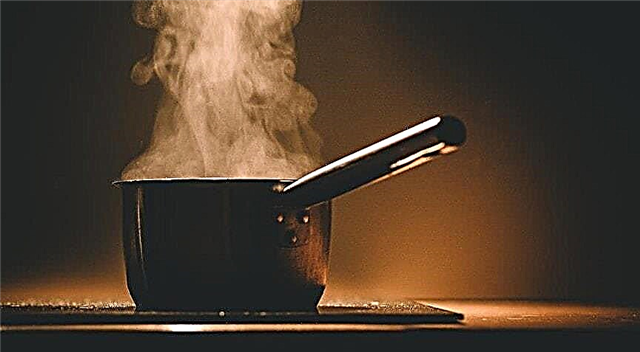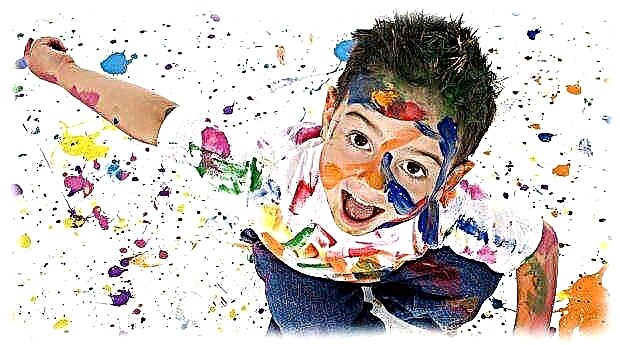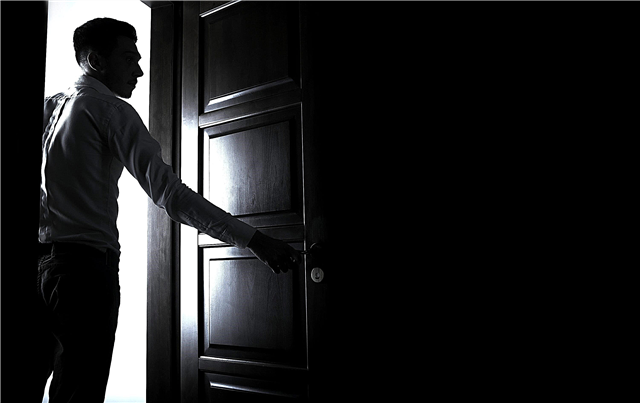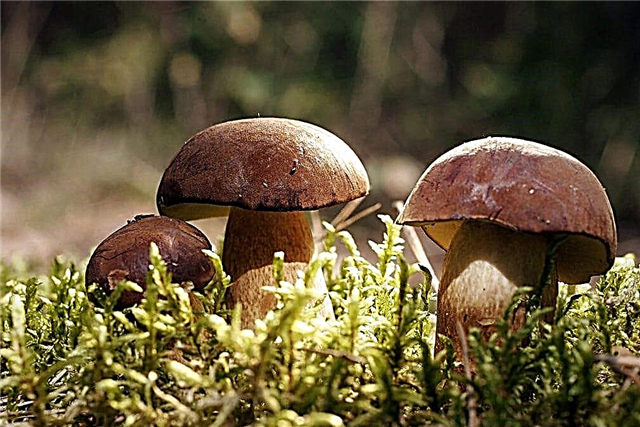
Burn, burn ... a stuffed straw, or why the culmination of Shrovetide is the burning of a doll. Mass festivals traditionally end with the burning of a straw scarecrow (dolls).
Now the ritual has become just the final point of celebration. And our ancestors took everything much more seriously, and the rite not only symbolized the departure of winter and the onset of spring, but was the key to a new crop. A bright magnificent bonfire was a harbinger of a successful year.
From antiquity to modernity
The first mention of the tradition of burning a terrible doll dates back to the time of the existence of the ancient Russian state. Then, among the pagan gods, Mara (Marena) commanded the cold and cold. She forced all living things to freeze until spring, and with her arrival, Maren died for a while. The holiday dedicated to the goddess was called Komoeditsa. According to written sources, the celebrations lasted two weeks, and the scarecrow was burned several times during this period.

Our ancestors believed that the rite is not just the wires of winter, but allows you to cleanse, eliminates sorrows and tribulations. But even more than their own well-being, people in those days cared for their daily bread. Burning a scarecrow served as a sign of the revival of fertile lands. And the point was that life appears through struggle, death, and resurrection, because it was just like this that anew was born again like a Phoenix bird, the goddess Mara.
In our time, ritual does not carry any religious connotations., perhaps for believers this last day before the Great Easter fast. In general, the ceremony remains a tribute, entertainment, the end of the holiday week. As a result, the approach to making a scarecrow has changed, as well as the actions that have been taken after putting it on fire. In antiquity, the main symbol of Shrovetide began to be created on the first day of the celebration, and all ended with the fact that the ashes were scattered across the fields or buried to increase the productivity of the earth.

Creating a scarecrow by the rules
Despite the fact that the deep meaning of the holiday has disappeared, leaving only the merry fun of seeing off the winter, the Pancake week doll is made in our time as well as thousands of years ago. The basic rules can be formulated as follows:
- As materials, straw and old ragged rags are used to burn brightly and well - once, as a symbol of the character's obsolescence - two;
- A scarecrow is created with pronounced signs of gender of clothing (not only Shrovetide is found, but also Shrovetide);
- It is mounted on a long pole or stake to see how it burns, it was possible from far away and as many people as possible;
“Dressing”, or in a different way “dressing up” the doll, was given no less importance than directly burning. Torn rags, old clothes, a fur coat worn with fur up, served as a symbol about this after the fire was to appear in a new form. Unnecessary worn items were also sent to the bonfire, on which the scarecrow was burned, in order to eventually return to the house in the form of wealth and prosperity. Married women with a child were engaged in making stuffed animals.In some provinces of Russia, young men were involved in the process. The robes for the doll were collected from all peasant huts.
Dances, round dances, pancakes and other attributes of the holiday

Burning Pancake stuffed - the culmination of festivities. The triumph itself was rampant and remains so to this day. But if now it’s just an occasion to have fun, then in ancient times dances, laughter and dances were a kind of protection against negativity, because the Maslenitsa doll personified not only winter, but also death. And the main thing - pancakes were supposed to bake all week. Yellow and round - they resembled the sun, the pagan god of which was Yarilo. He chased away the winter and announced the arrival of such a long-awaited spring.
Farewell to Shrovetide

Until the dolls are put on fire, the scarecrow is carried around the city or village. The place of burning is usually chosen as an area or wasteland outside the village (the second option is more often practiced nowadays). Around the bonfire, dancing and songs continue, round dances are held - this is gratitude for the winter fun. And then, when only a handful of ashes remain from the scarecrow, young people start jumping over the dying bonfire.
Our ancestors believed that burning on the bonfire of the Pancake week doll would bring prosperity and rebirth. Were mistaken? Traditions did not originate from scratch, and faith - a strong feeling that can work miracles and lead to success.











